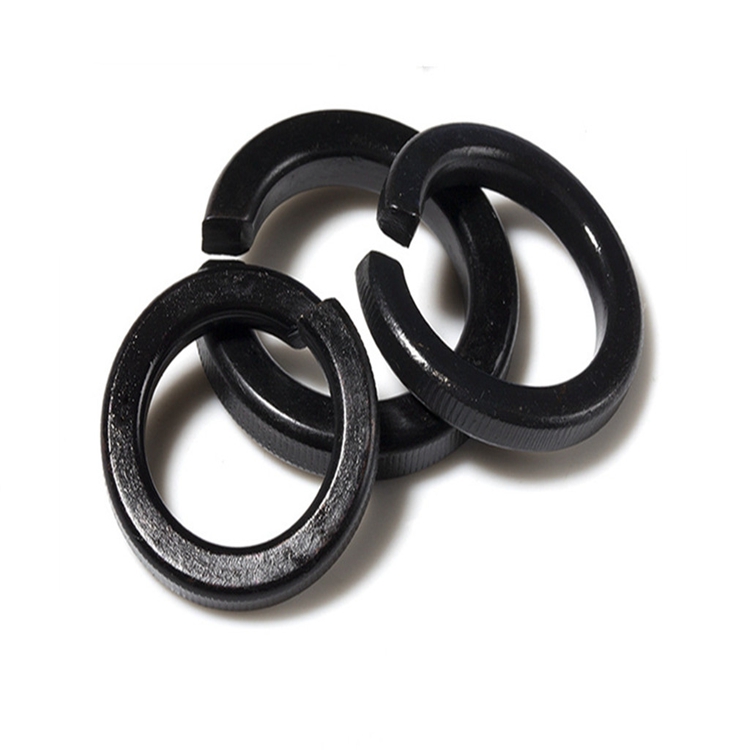Exporting Cap Nuts and Bolts for Global Markets and Industry Needs
Dek . 13, 2024 02:45 Back to list
Exporting Cap Nuts and Bolts for Global Markets and Industry Needs
The Global Landscape of Cap Nuts and Bolts Exporters
The dynamic world of engineering components is filled with various fasteners, among which cap nuts and bolts hold an essential position. Their functions extend far beyond basic assembly; they are crucial in providing security and stability to a plethora of applications across multiple industries. As globalization pushes forward, the demand for cap nuts and bolts is scaling new heights. This article explores the key players in the export market, the intricacies of their operations, and the challenges they face.
Understanding Cap Nuts and Bolts
Before delving into the exporters, it is crucial to understand what cap nuts and bolts are. Cap nuts, also known as acorn nuts, feature a dome-shaped end. This design not only prevents the bolt from catching on anything but also provides an aesthetic finish. Bolts, on the other hand, are used to fasten two or more objects together, and they often come with various head designs and sizes to cater to different requirements. Both components are made from various materials, including steel, stainless steel, and plastics, making them versatile for diverse applications in construction, automotive, electronics, and more.
Major Exporters in the Market
The export of cap nuts and bolts is a global enterprise, with several countries emerging as significant players in the market. China remains the largest exporter, owing to its robust manufacturing capabilities and cost-effective production methods. With a vast network of factories specializing in fastener production, China's capacity to meet large-scale orders efficiently holds a competitive edge in the international arena.
The United States also plays a crucial role in this sector, known for its high-quality standards and advanced manufacturing processes. American manufacturers often focus on specialty fasteners that cater to specific industries, particularly aerospace and electronics. This specialization allows U.S. exporters to command higher prices and gain market share in premium segments.
Other significant exporters include Germany, Japan, and South Korea, with their high-quality engineering and innovative designs attracting attention from international buyers. In Europe, Germany is renowned not only for its manufacturing excellence but also for adherence to stringent standards and regulations, enhancing its reputation in the global market.
cap nuts and bolts exporters

Challenges Faced by Exporters
Despite the promising landscape, cap nuts and bolts exporters encounter a range of challenges. One of the most significant hurdles is the fluctuating raw material prices, which can directly impact production costs and profit margins. Steel prices, for instance, can vary due to global trade tensions, tariffs, and supply chain disruptions, creating an unpredictable environment for exporters.
Regulatory compliance is another complex challenge. Different countries have varying standards for fasteners, which can necessitate additional certifications and testing, elongating the time-to-market for exporters. Adapting to these diverse regulations requires expertise and can impose an additional financial burden.
Furthermore, the growing emphasis on sustainability and environmentally friendly practices is reshaping the industry. Exporters are increasingly pressured to adopt sustainable practices in their production processes while still meeting the demands for efficiency and cost-effectiveness. Companies that fail to meet these evolving criteria risk losing their competitive edge.
The Future Outlook
Looking ahead, the future appears promising for cap nuts and bolts exporters. The growth of emerging markets, coupled with advancements in technology and manufacturing processes, is likely to fuel demand in the coming years. Innovations such as 3D printing and automated production lines could revolutionize the speed and efficiency of manufacturing, allowing exporters to respond quickly to market demands.
In conclusion, the global cap nuts and bolts export market is an intricate tapestry interwoven with opportunities and challenges. As industries evolve and technology progresses, exporters must remain agile and innovative, ensuring they not only meet current market demands but also anticipate the needs of tomorrow. With a proactive approach, the sector can continue to thrive, delivering essential components that keep global machinery running smoothly.
Latest news
-
Reliable Wire Bolts Suppliers | Quality Zinc Plated Fasteners
NewsAug.26,2025
-
Wire Bolts Suppliers: Durable & Reliable Fasteners for Every Project
NewsAug.25,2025
-
Premium Cabinet Bolts Supplier | Wholesale & Custom Solutions
NewsAug.24,2025
-
Reliable Axle Nuts Supplier | Quality & Precision Fasteners
NewsAug.23,2025
-
Durable Bolts for Lawn Mower Handle - Top Supplier & Manufacturer
NewsAug.22,2025
-
High-Quality Bolts for Lawn Mower Handle Supplier & Manufacturer
NewsAug.21,2025
